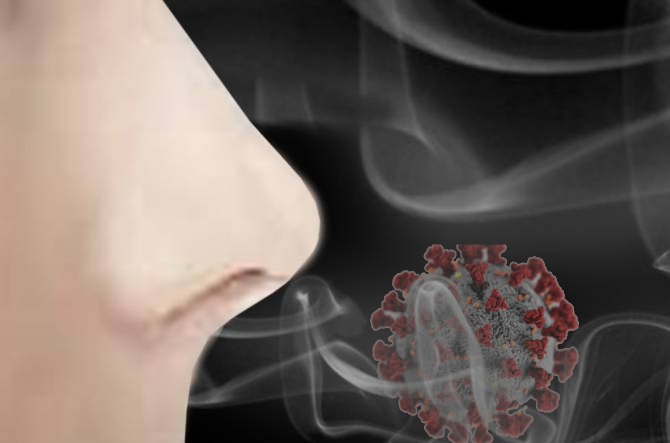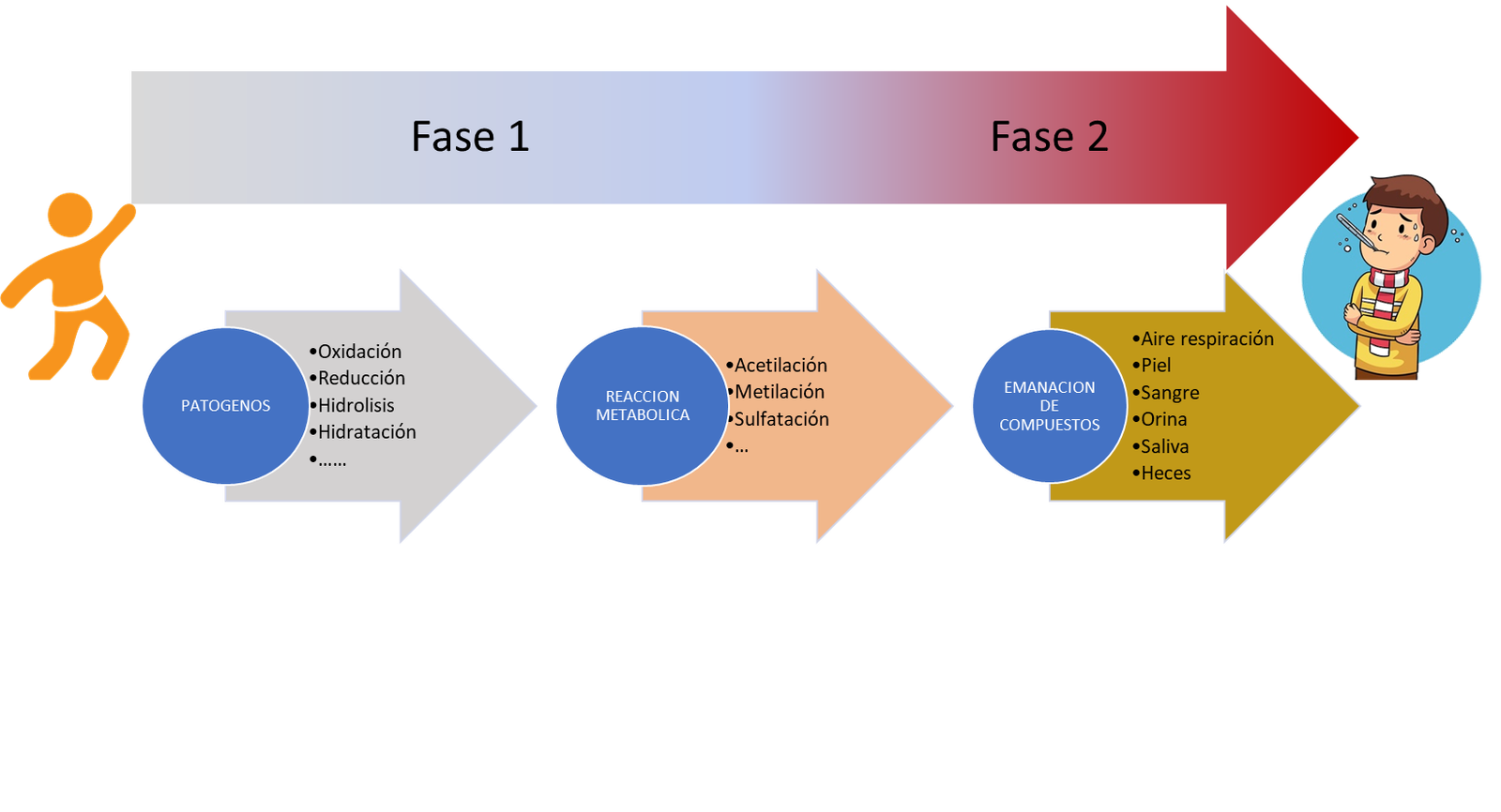Needs
COVID 19 disease is an infectious disease caused by the SARS-CoV2 coronavirus. The main form of transmission is the airway, and it can be spread by people who do not have symptoms (asymptomatic) and others who do (symptomatic). It has an average contagion ratio (R0) of 5.7, placing COVID19 as a disease with ease of contagion.
To prevent the spread of this disease, it is necessary to cut the transmission chain quickly, detecting sick people in the early stages of the disease.
The current detection methods are PCR, protein identification (rapid tests) and immunological detection. These tests require a certain time to show results, so they cannot be used for real-time detection of the disease.
The project “The aroma of COVID” allows to identify COVID19 through the “aroma” that people give off in their breath, in real time and at a very low cost.
It is applicable to symptomatic and asymptomatic people and is an ideal detection tool for facilities where the influx of people is high (Hospitals, public buildings, airports, ...).

Approach
When a pathogen enters the body, the immune system produces a series of metabolic and chemical reactions to repel the attack.

These reactions produce a series of volatile compounds that are released through breathing, skin, blood, saliva, and feces.
The air generated during respiration is expelled into the atmosphere, containing these volatile compounds.
COVID19 has a "footprint" made up of a mixture of these volatile compounds. By detecting the footprint in the air, it is possible to detect the disease.
To achieve this end, a device (low cost, easy to use and build) to measure and detect these compounds through an array of sensors will be developed. A network of volunteers will be created, to whom this information will be distributed, so that they can build and test this device generating data, transmitting it to a database where all data will be centralized. Through specific algorithms of artificial intelligence, the "Aroma of COVID19" will be searched, contrasting the measurements with the state of health of the volunteers.
In later phases, a medical device, with specific sensors, will be developed for commercial use.
Benefits
- Real-time detection
- Low cost
- Detection in symptomatic and asymptomatic people
- Massive application No specialized personnel required
- It gives time to isolate sources of contagion and take preventive protective measures.
- Detection of the disease at an early stage.
